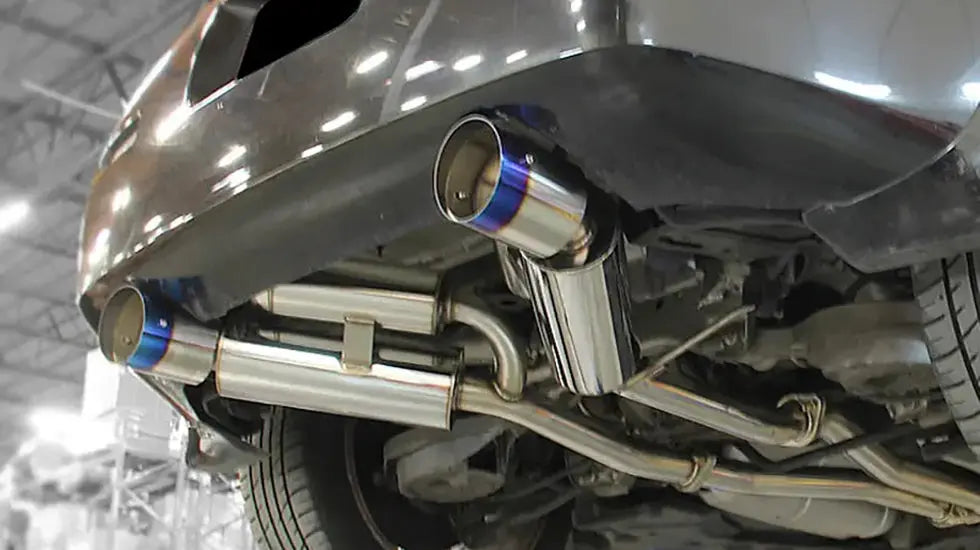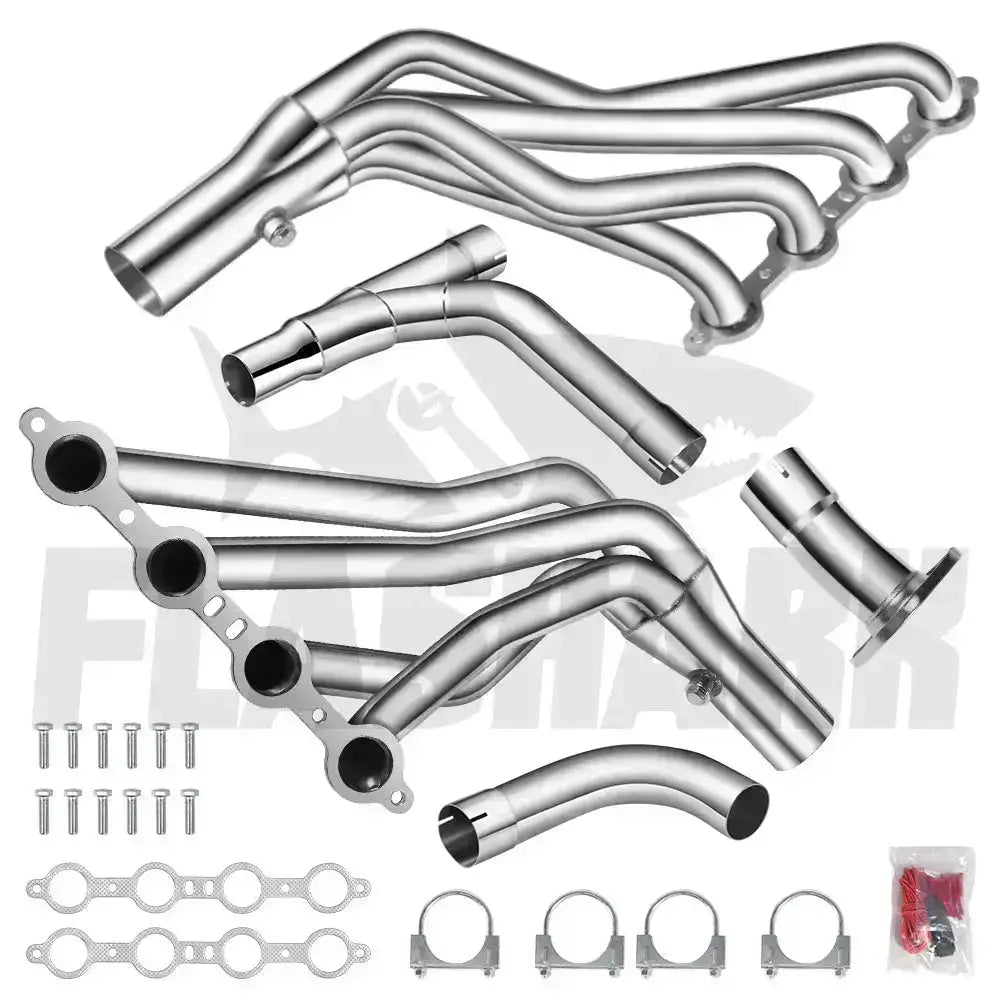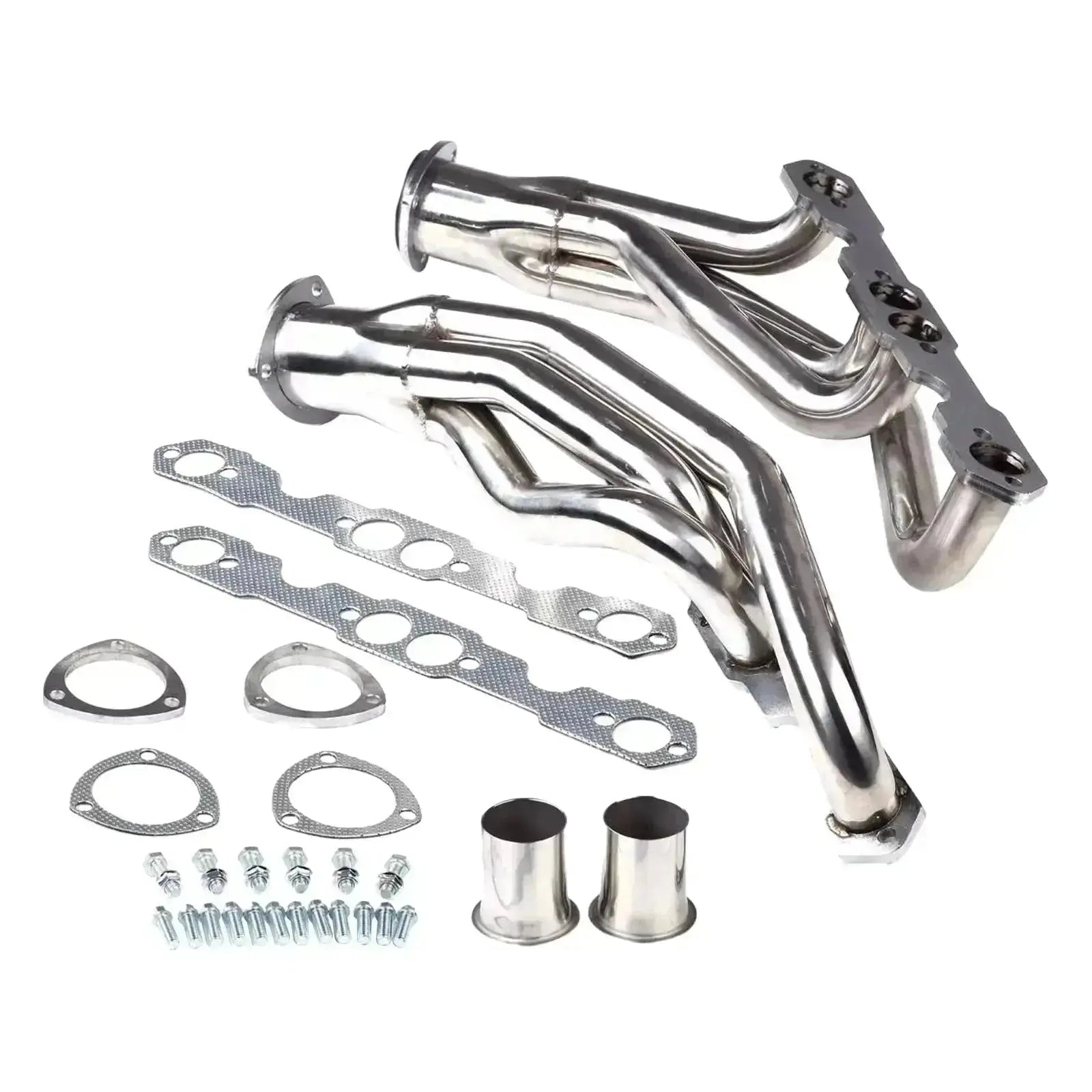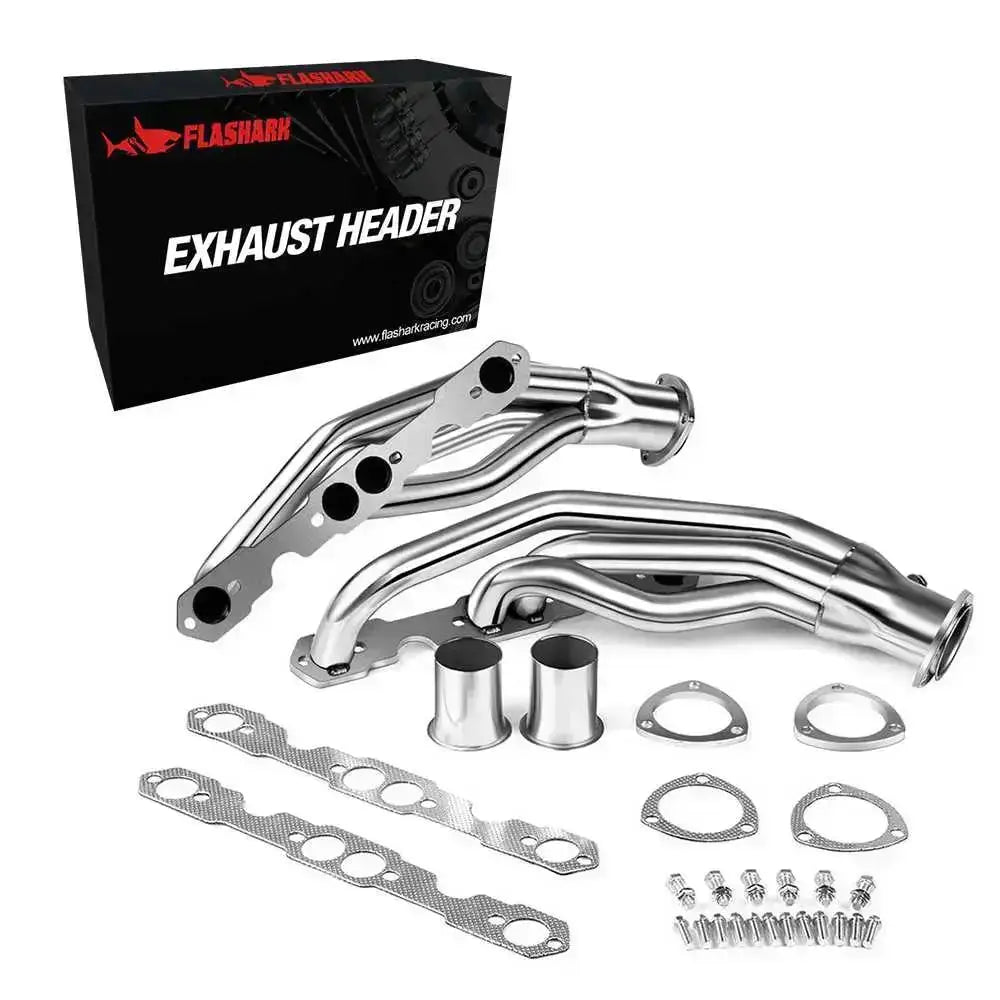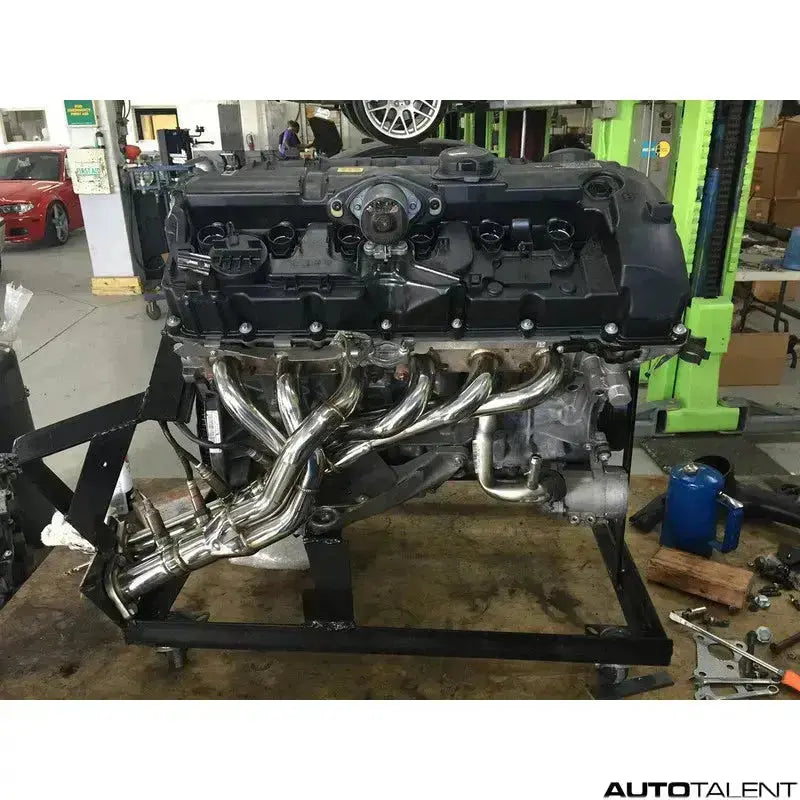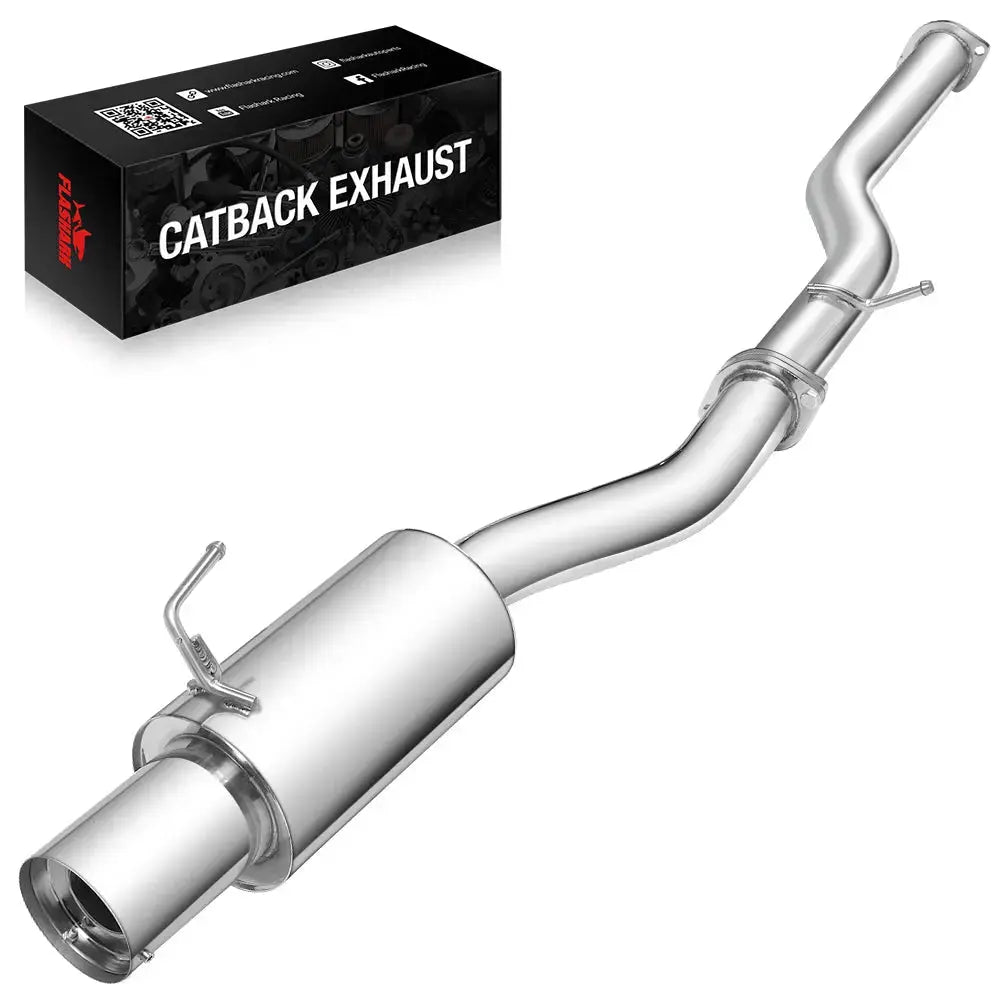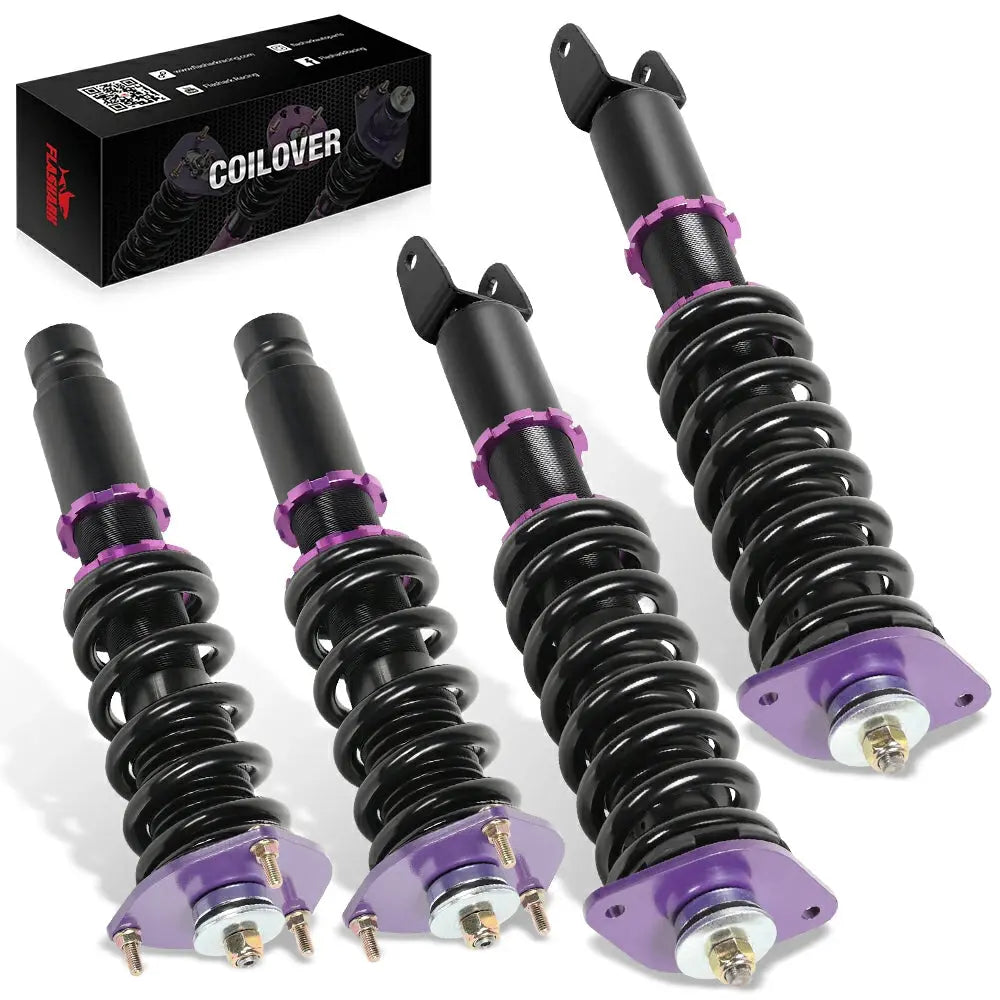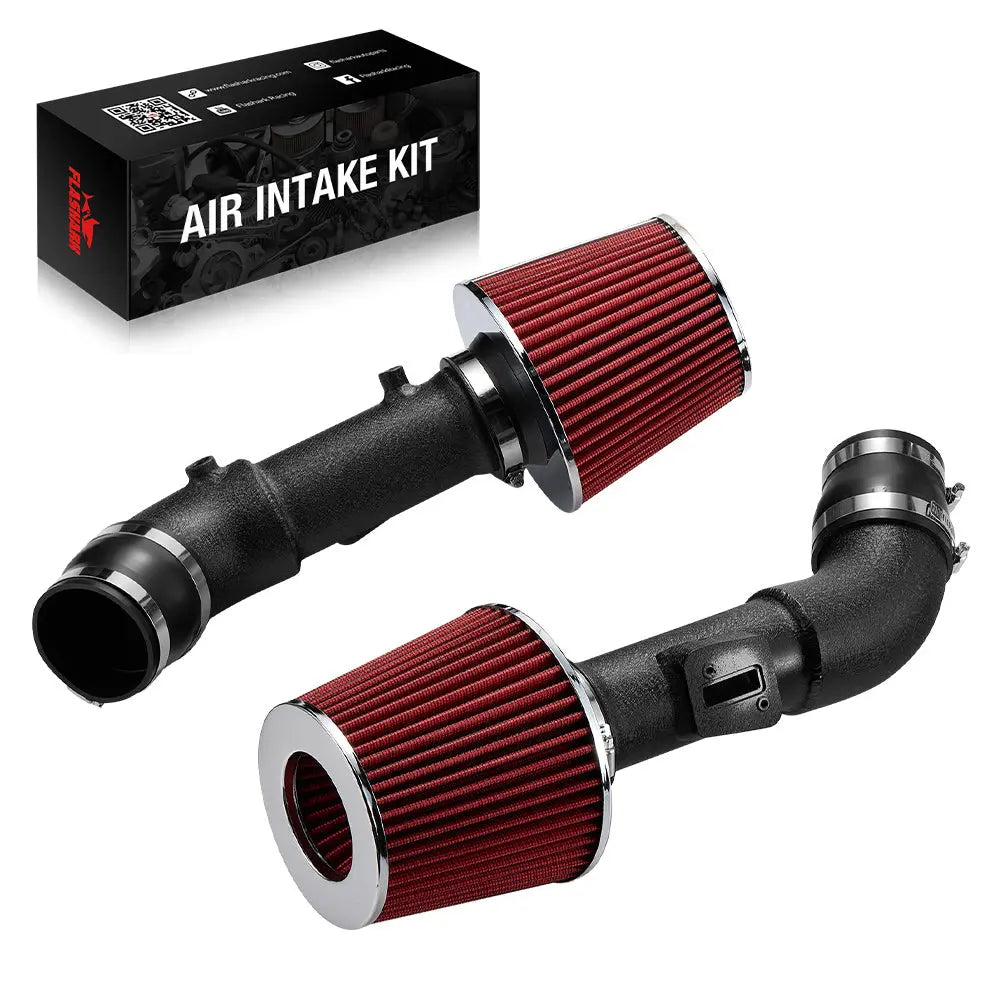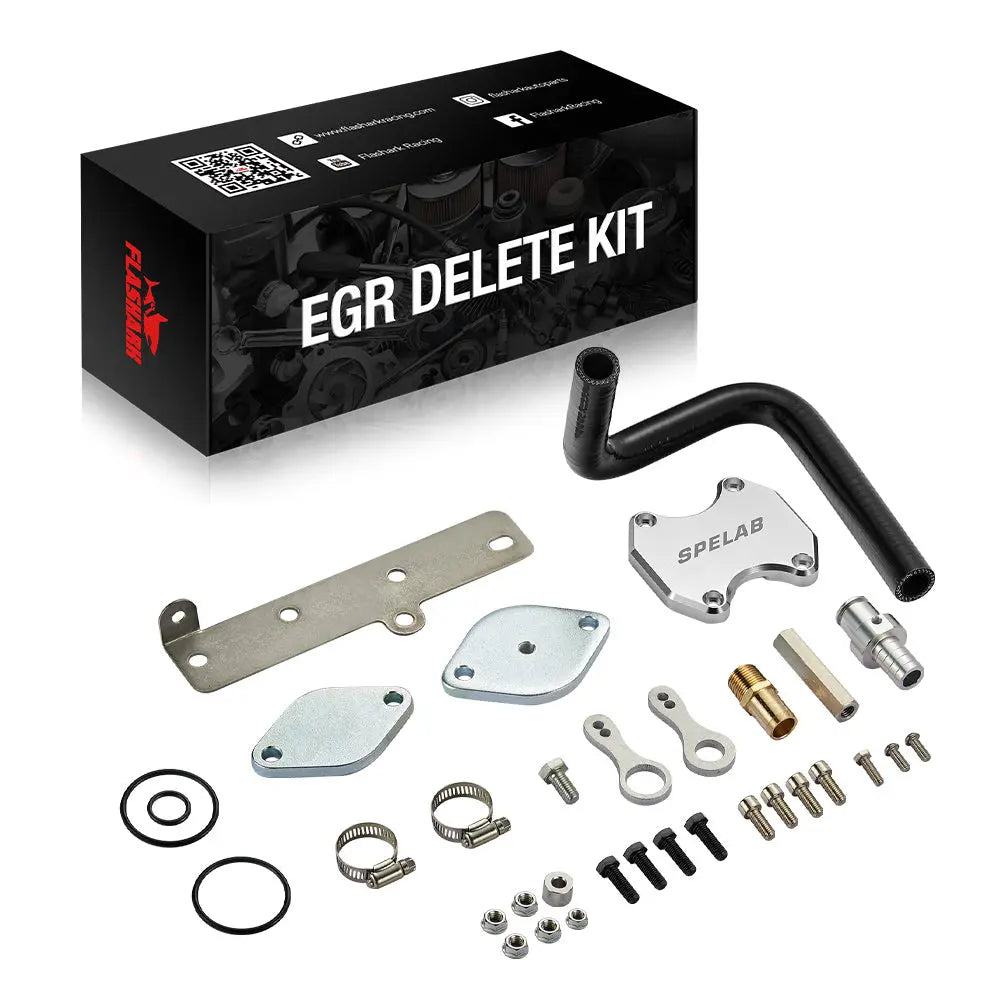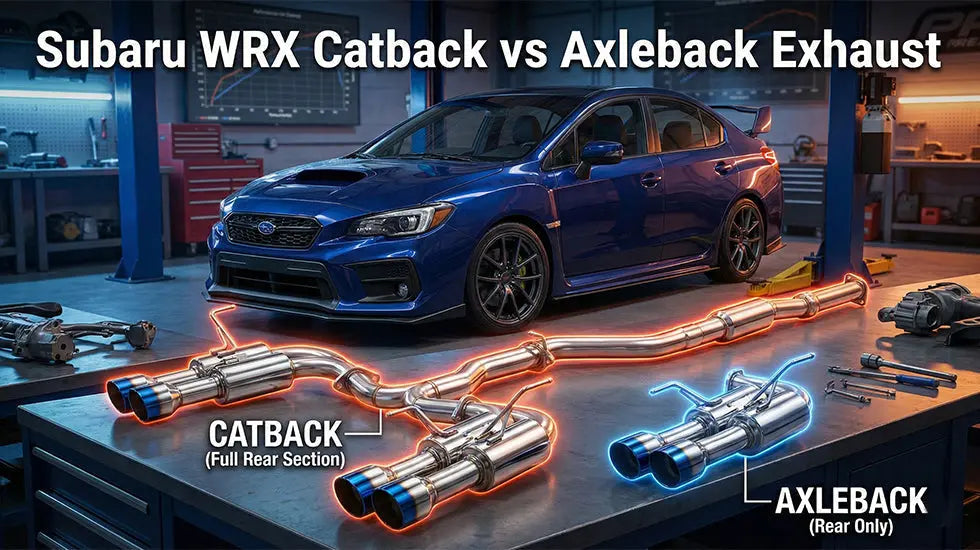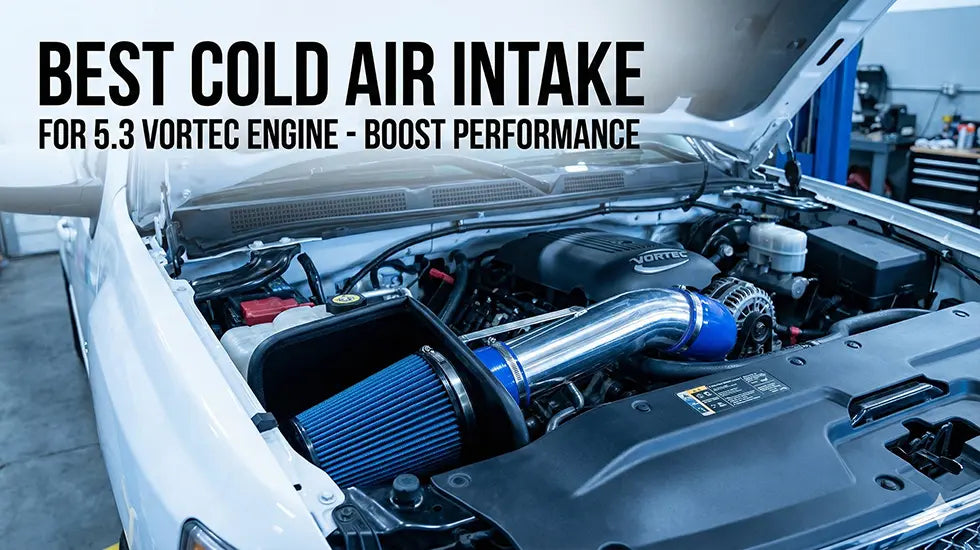New York's latest exhaust laws can hit you with a fine just for installing an aftermarket exhaust that's louder than factory specs. This might make you wonder if cat back exhaust systems are legal in your state.
Florida sets strict legal limits on exhaust noise - 82 dBA for motorcycles and 90 dBA for larger vehicles. These numbers aren't random. They represent carefully crafted limits that balance performance improvements with noise pollution control.
We've put together a detailed guide to help you check if your exhaust system meets legal requirements. The guide covers state-specific regulations and testing methods, so you can enjoy your modified exhaust without worrying about surprise fines.
Understanding Catback Exhaust Systems
A catback exhaust system replaces everything from the catalytic converter to the back of your vehicle. The system's legality and its effect on your vehicle's performance depends on how well you understand these components.

What Makes an Exhaust 'Catback'
"Catback" describes the parts that manage exhaust gasses after they leave the catalytic converter. Your system includes the mid-pipe, muffler, tailpipe, and exhaust tips. These components create a smoother path for exhaust gasses and help your engine run better.
You'll find most catback systems have wider pipes than stock exhausts. These systems come with different muffler options:
- Straight-through mufflers with perforated baffles that give you moderate sound levels
- Glasspack mufflers that create higher-pitched, louder sounds
Common Modifications and Their Effect
Catback modifications change your vehicle's performance in three ways. The wider pipes and high-flow mufflers let exhaust gasses flow out more easily by reducing back pressure. Lightweight materials make your vehicle weigh less. Your engine works less hard, which saves fuel.
Pipe diameter makes a big difference in performance. While wider pipes help airflow, pipes that are too large can slow down exhaust gas flow and reduce performance. Most manufacturers tell you exactly what pipe diameter works best for your vehicle's make and model.
Factory vs Aftermarket Systems
OEM exhausts focus on meeting regulations and keeping costs down. These systems use standard materials and care more about keeping noise down than boosting performance.
Aftermarket catback systems give you several benefits:
- Better materials like stainless steel or titanium that last longer
- More ways to customize your sound
- Better airflow since there are fewer manufacturing limits
- Mix-and-match parts based on what you want
Some aftermarket systems let you remove the muffler, but that's just for off-road use. These setups might not be legal in your state. Your choice between factory and aftermarket systems comes down to what you need, your local laws, and the performance boost you want.
🎉 Biggest savings of the year—scroll down and grab yours!
Legal Exhaust Sound Limits
The United States has a complex network of state-specific exhaust noise regulations. Each state enforces noise limits between 80 to 95 decibels for passenger vehicles.
State Decibel Level Requirements
Vehicles weighing less than 6,000 pounds in California must not exceed 95 decibels. Pennsylvania's rules change based on speed. Vehicles traveling up to 35 mph need to stay under 88 decibels, while those at higher speeds can go up to 92 decibels.
Motor vehicles in Florida need properly working exhaust systems to prevent excessive noise. Many states have adopted SEMA's model legislation that sets a 95-decibel threshold using standard testing methods.
Standard factory-installed exhaust systems produce about 75 decibels. Installing a catback system requires careful attention to your state's specific rules to stay within legal limits.
How Sound Levels Are Measured
The Society of Automotive Engineers (SAE) has created standard procedures to measure sound. The testing process has these requirements:
- A microphone placed 0.5 meters from the exhaust outlet at a 45-degree angle
- Measurements taken with stationary vehicle and engine running at specific RPMs
- Three consecutive readings recorded to ensure accuracy
Police officers usually measure exhaust noise from 50 feet away from the vehicle's lane center. Noise cameras are becoming more common in some areas, though their accuracy remains questionable in urban settings where buildings can increase sound levels.
The European Union follows stricter rules. Passenger cars must stay under 74 decibels when measured from 7.5 meters away. These measurements require calibrated sound level meters that meet specific technical standards.
Environmental conditions are vital to accurate testing. The background noise at test locations must be 10 decibels lower than the maximum allowed sound level. This requirement helps ensure reliable readings without outside noise interference.
Checking Your Exhaust's Legality
You need to measure your exhaust's sound level to comply with local regulations. Here are some proven ways to check if your catback exhaust meets legal requirements.

Using a Sound Meter App
Your phone can give you a quick first check of noise levels. The NIOSH Sound Level Meter app for iOS devices gives measurements within 2 dBA. Android users can rely on Sound Meter that reads between 30-130 dBA.
Here's the quickest way to test your exhaust:
- Keep the phone 20 inches from the exhaust tip at a 45-degree angle
- Take 5-10 readings at idle speed
- Record another set at 3,750 RPM
- Calculate the average of both sets
Professional Testing Options
State-approved testing facilities provide official verification. The Bureau of Automotive Repair in California runs exhaust noise tests for $108. Technicians use SAE-standard calibrated equipment to measure sound levels.
Professional tests include:
- Static noise measurements at specific RPMs
- Back-off readings when engine speed decreases
- A complete inspection of noise control equipment
Visual Inspection Points
Officers look at several components to determine if your exhaust is legal. These are the key areas they check:
The catalytic converter must stay unmodified since catback systems need all emissions equipment intact. Mufflers should be free from defects that affect sound reduction. Your exhaust cannot have cutouts, bypasses, or similar devices.
Police typically look at exhaust modifications before writing citations. They don't usually carry decibel meters but can issue violations if they suspect excessive noise. Vehicle owners must then prove their compliance through official testing.
Note that passing a professional sound test doesn't guarantee you won't get citations. Officers can still issue tickets if they believe your exhaust is too loud. Therefore, keeping your sound test results handy is a great way to get evidence if any disputes come up.
Common Legal Issues and Fines
States across the country have toughened their stance on illegal exhaust modifications. Knowing these rules can help you avoid getting pricey fines and legal troubles.
Typical Violation Penalties
Each state handles fines differently, and penalties can vary by a lot. California starts with a $25 fine for first-time offenders, but the total cost runs up to $193. New York bumped up its maximum fine to $1,000, making it the steepest in the nation. Repair shops need to be extra careful - they'll lose their operating certificates if they rack up three violations in 18 months.
Florida treats these violations like regular traffic tickets. Virginia's law enforcement can pull you over just for having a loud exhaust. They don't need any other reason to stop your car if they suspect your exhaust breaks the rules.
Some places let you fix the problem to avoid penalties. California changed this rule with Assembly Bill 1824. You'll now get an immediate ticket instead of a chance to fix the issue within 30 days.
How Officers Test Exhaust Noise
Police officers use several ways to check if your exhaust follows the law. We found they mostly rely on their training and experience to spot violations by:
- Looking at how the noise compares to factory-standard exhausts
- Listening to the sound while the car runs
- Checking how the noise affects nearby areas
Police don't have to carry noise meters to write tickets. They can give you a citation if they think your exhaust is too loud. You might get pulled over for:
- Revving your engine too much at red lights
- Racing or showing off
- Getting noise complaints from neighbors
- Squealing tires when you take off
Your car needs to pass tests at certified shops for official checks. The testing process measures sound levels in specific ways. These tests usually need:
- Sound meters placed 20 inches from exhaust tips at 45-degree angles
- Several readings taken at idle and 3,750 RPM
- Average sound levels calculated from multiple measurements
Conclusion
Legal requirements for catback exhaust systems impact every vehicle enthusiast who wants to improve their car's performance. State regulations set specific sound limits that range from 80 to 95 decibels for most passenger vehicles.
Sound testing plays a crucial role before any exhaust modifications. You can use smartphone apps to get an original assessment or visit professional testing facilities. Regular monitoring helps you comply with local laws. Test result documentation also provides great protection against potential citations.
Your state's specific requirements help you avoid fines that can get pricey and create legal problems. California enforces immediate tickets without fix-it options, while other states let you resolve violations through compliance. Research on local regulations before installing a catback system will save you time and money.
A legal catback exhaust strikes the right balance between performance gains and noise control. By doing this, you can improve your vehicle and stay compliant with the law, which ensures worry-free driving with your modified exhaust system.
Don’t miss our biggest price slash yet!
For a limited time, enjoy up to 68% off on selected items—once they're gone, they’re gone.
👉 Shop the deals now before time runs out!

